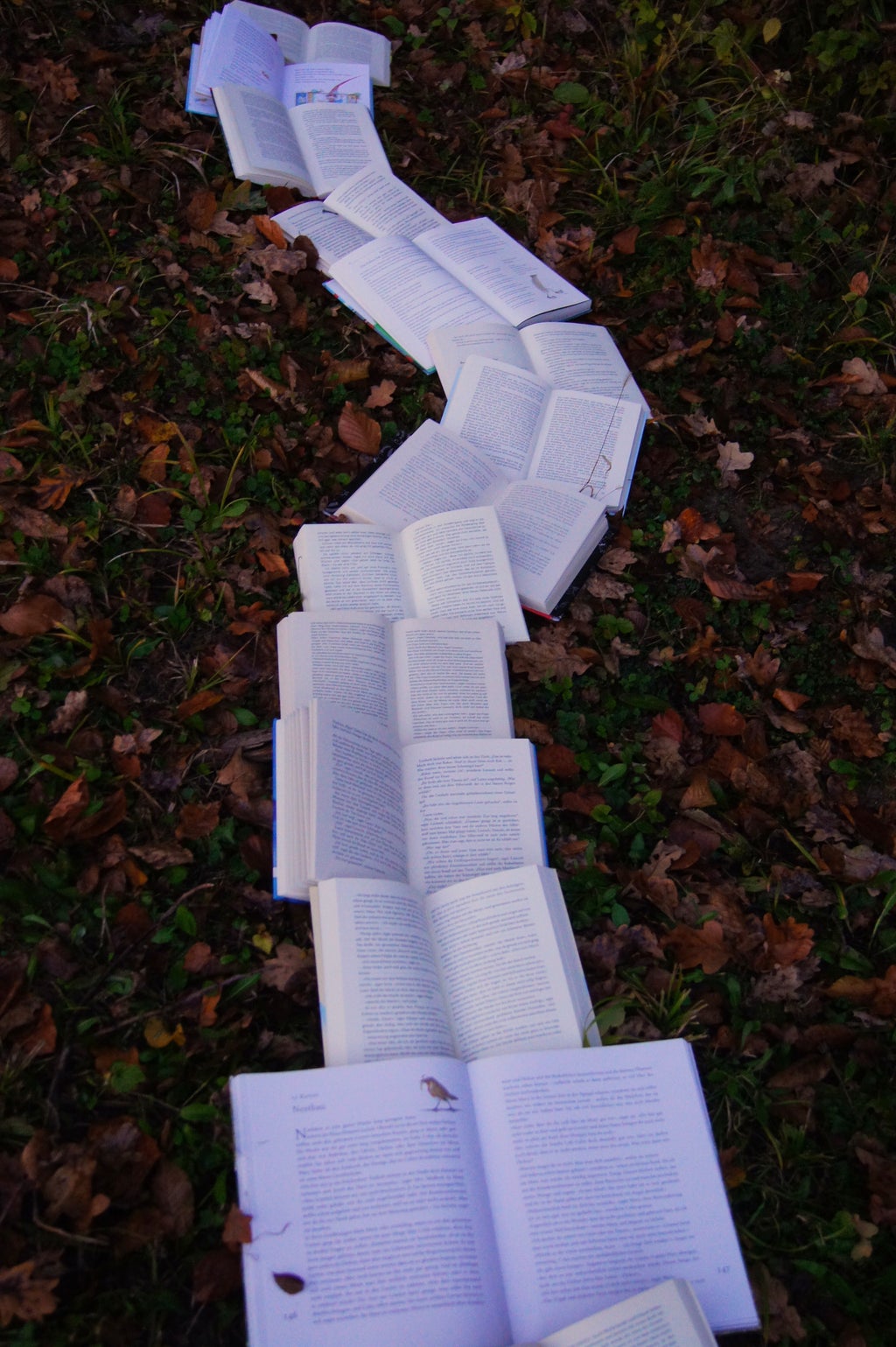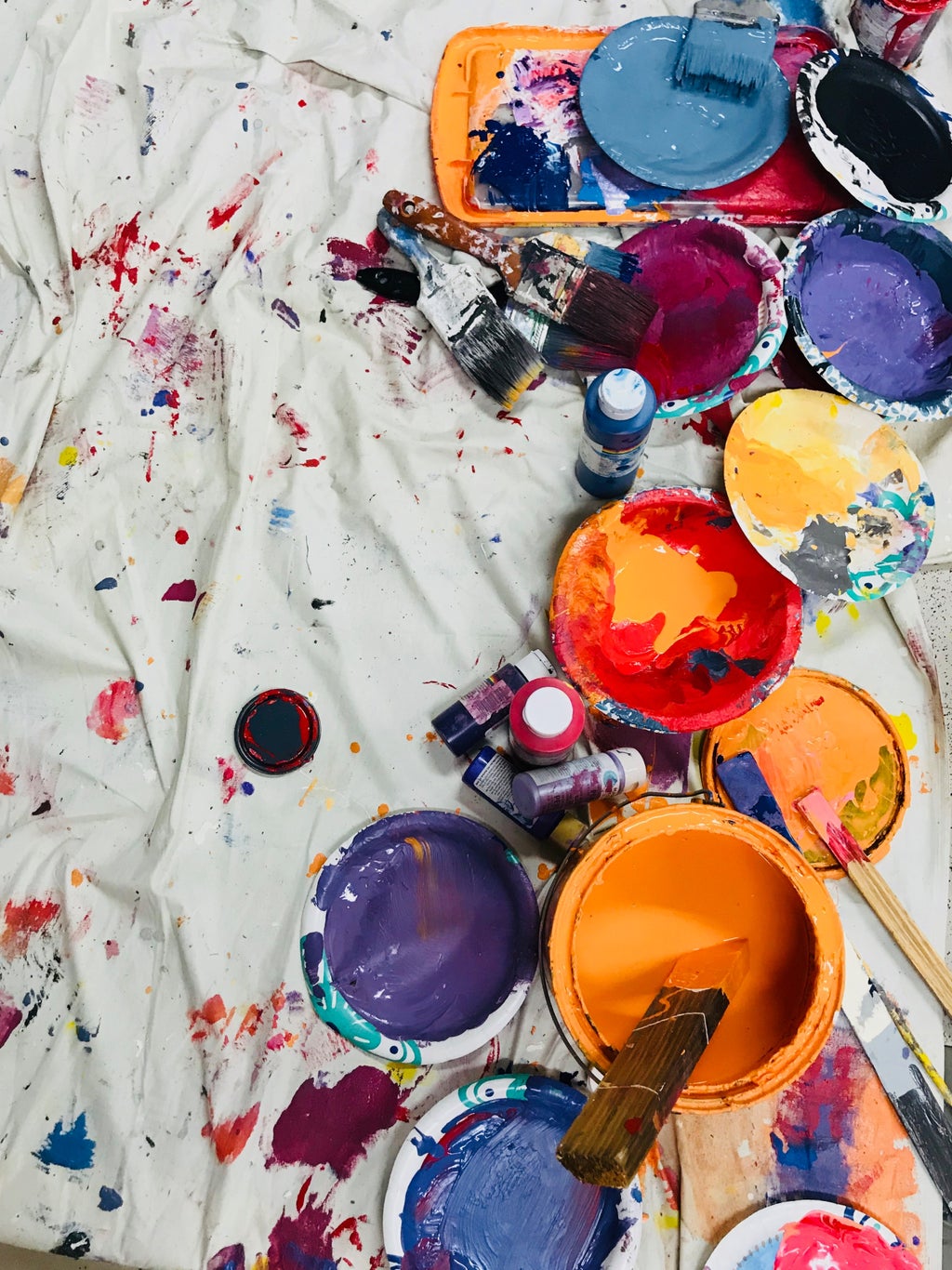Trigger Warning: This article contains subject matter related to depression and addiction.
I started watching The Queen’s Gambit because I was fascinated with its premise, but then I realized that there are many shows that follow its main theme.
The show follows Beth Harmon (played by Anna Taylor-Joy), a chess prodigy. The opening of the show depicts Beth in an orphanage when her mother died in a car crash. Beth eventually learns to live with the people there and trains herself to play chess. She becomes one of the best chess players in the world.
As we see Beth playing in more and more chess tournaments, we see her engaging in various self-destructive behaviors, such as her spiraling alcohol addiction. It’s alarming how common this theme of a struggling artist is in so many TV shows; the protagonist always seems like they have their life together, but they also seem to be battling an addiction that no one is aware of. Their mind is portrayed as turbulent and self-destructive, and somehow, this makes their work more awe-inspiring. There is always a question of whether the protagonist will emerge victorious from their demons or succumb to them.
As I started to research more about this theme, I began to wonder why and how we became so obsessed with this idea of a struggling, self-destructive artist. Why is this trope so appealing?
This is not just a theme in TV shows; we see this happen in the music industry as well. Kurt Cobain, for instance, made music about the emotional pain he went through. While there is nothing wrong with writing about your pain (it can be extremely cathartic), there is a tendency for people to use artists in the music industry as an example for linking mental illnesses (like depression or addiction) to creativity. When an artist talks about their pain and trauma, they do so to help lessen their burden and be more open with people. But the audience interprets it as a sort of rite of passage. After so many artists have talked about their struggles with drugs and depression, we as a society began to think that these vices seem to aid the creative process.
Using these vices as an opportunity for creativity
There is some type of unspoken agreement that certain vices somehow make artists more creative or help them achieve the fame they seem to receive. Some people even believe that it makes them who they are. While it is true that some of the best songs have originated from the strongest emotions of the artist, we need to understand that this work came after carefully executing their ideas. It did not just occur to them during their self-destructive actions. It was not simply a result of their depression and addictions; they had to pick themselves up and execute their ideas.
This worldview makes it sound like these artists cannot have one without the other; that there can be no creative genius without mental illness. While this can be an appealing theme for a film, this is far from the truth, scientifically. There is no research to prove that there is an overlap between mental illness and genius, or that you need to suffer from one to have the other.
We can see examples of this throughout history; there are so many paintings that only became known after the death of the artist. We began to know details about their troubled lives and it always seemed like these troubles helped shape their art.
It also makes us feel better about our abilities. It makes us feel good about our own mediocrity because we wonder why these people deserve to be special. Why them and not us? What makes them a genius? People begin to think that there is a big price to be paid for being a rising genius or artist, some sort of bizarre counterbalance. We as a society start to associate this concept of a ‘troubled genius,’ with people like Kurt Cobain, Beth Harmon, or Sherlock Holmes.
This can be a rather dangerous way of thinking because it allows young artists and entrepreneurs to be sucked into this mindset of engaging with these vices, hoping it will help them become better artists. Instead of working hard to achieve our dreams, we start to think that these vices would make us who we are. We romanticize these addictions because society has taught us that this is just something we all have to deal with to achieve true fame or to unleash our creativity. We have become so obsessed with this idea of artistic brilliance associated with emotional turmoil that it is hard to imagine a creative process without it. This idea of a ‘tortured artist’ has become so mainstream that we start to believe that this is where true genius comes from; it is a distorted nature of seeing beauty in pain.
what does it mean to be truly creative?
If we continue to romanticize our suffering, we will continue to believe that great work only comes with pain. Furthermore, it can also lead to us embracing our self-destructive tendencies and believing them to be part of becoming a successful artist. The first step to realizing our mistakes is to see this idea for what it truly is: a myth. Romanticizing the self-destructive artist would only lead to inhibiting our creativity, it will not help us execute it. It can also lead to an escape from actually doing the work, and we can start to think that our struggles alone make us special and creative. In order to stop romanticizing our struggles, we have to stop expecting true creativity to come solely through pain and suffering.





